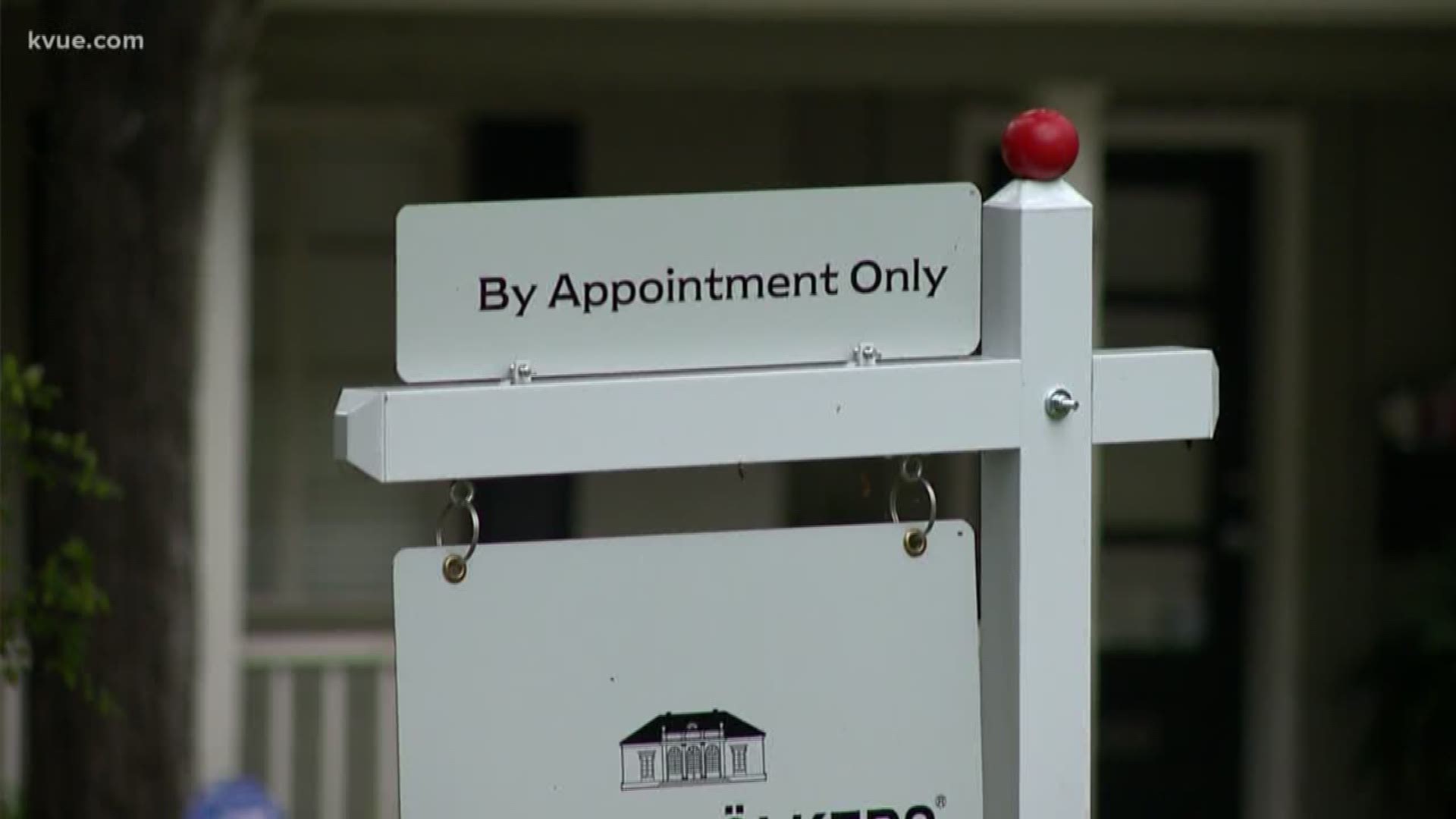According to the U.S. Department of Housing and Urban Development, families that pay more than 30 percent of their incomes on housing are considered cost burdened and may have difficulty affording rent as well as other necessities such as food, clothing, transportation, and medical care. While the poorest families are the most likely to be housing-cost burdened, skyrocketing home prices in U.S. metropolitan areas have caused the nation’s housing affordability crisis to spread to a large number of middle-class Americans.
While the housing cost burden for low-income households is often offset through housing subsidies, there are few forces protecting middle-income households from the rising cost of real estate. Fast-growing cities with high construction costs and low housing inventories have experienced some of the sharpest spikes in home prices over the past several decades, and today these cities have some of the largest shares of cost-burdened middle-class households.
To determine the cities where the middle class can no longer afford a home, 24/7 Wall Street reviewed the share of households earning $45,000 to $74,999 annually that spend at least 30 percent of their incomes on housing in the 100 largest U.S. metropolitan areas. Data came from “The State of the Nation’s Housing 2018” report of the Joint Center for Housing Studies of Harvard University. There are 20 metro areas in which more than 30 percent of households in the income bracket spend at least 30 percent of their incomes on housing.
Central Texas
Austin-Round Rock is one of 20 major metro areas where more than 30 percent of middle-income households – those earning $45,000 to $74,999 annually – are housing-cost burdened. Unlike the vast majority of U.S. metro areas, housing costs are higher today in Austin than they were 10 years ago. Nationwide, the cost of a monthly mortgage payment on a typical home is 18.1 percent lower today than it was a decade ago. Meanwhile, in Austin, the median monthly mortgage payment is 14.4 percent higher than it was 10 years ago.
As is the case nationwide, renters in Austin are more likely to struggle to afford housing than homeowners. Some 47.1 percent of renters across all income levels in Austin are housing-cost burdened as of 2016, compared to 22.2 percent of homeowners.
• Cost-burdened middle-class households: 30.7 percent
• Median single-family home value: $287,325
• Median household income: $71,000
• Homeownership rate: 57.6 percent
Definitions of the middle class vary by housing organization and geography. Nationwide, the middle 20 percent of U.S. households earn between $45,325 and $72,384, roughly in line with the $45,000-$74,999 breakout provided by the JCHS. While the incomes earned by the middle class of earners varies by city to city, the $45,000-$74,999 range was used throughout this analysis as an approximation of the American middle class.
Home values have skyrocketed as a result of population growth in many of the cities with the largest shares of cost-burdened middle-class households. In 14 of the 20 cities where the middle class can no longer afford a home, the population growth from 2011 to 2016 exceeded the national growth of 3.7 percent over that time. Other factors driving home prices in the cities on this list include high construction costs, low housing inventories, environmental policies, and limited vacant developable land.
Detailed Findings
Cities with the largest shares of cost-burdened middle-class households are not necessarily the cities with the largest cost burdens across all income groups. In three metro areas on this list – Washington, D.C., Denver, and Baltimore – the share of all households spending at least 30 percent of their incomes on housing is below the 32.0 percent national share.
While there are particular factors that reduce the stock of affordable housing for middle-income families, cost burdens are still the greatest for low-income households. Nationwide, some 42.9 percent of households earning between $30,000 and $44,999 spend at least 30 percent of their incomes on housing, more than the 22.0 percent of households earning between $45,000 and $74,999 that are cost burdened and several times the 6.2 percent share of households earning $75,000 or more that are cost burdened. In all of the 100 largest metro areas, the share of cost-burdened households is greater among the lower income brackets.
Go here for the full list of cities where the middle class can no longer afford a home.

